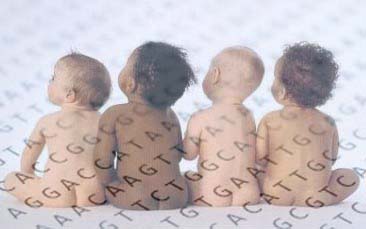Monoclonal antibodies have sprung up in the world of pharmaceutical market, and have become one of mainstays of the world’s bio-engineering products in this super realm. With the growing number of novel monoclonal antibody therapeutic agents entering the market, the second round development of monoclonal antibodies will be the hottest topic in the international biomedical field. It is predicted that monoclonal antibodies will develop into a large group of independent pharmaceutical products in the coming years.
 In the future, murine monoclonal antibodies will gradually be replaced by humanized antibodies. Firstly, mouse monoclonal antibody has a low capacity in combining with human complement component. The CDC function is not so effective that it is not easy to kill tumor cells. Secondly, it has a low affinity with the Fc receptor on the cell surface of other immune cells like NK. Thirdly, the short half-life of murine antibodies in human blood circulation is short, because of which its function of ADCC and CDC fail to last for long. Lastly, murine monoclonal antibodies have immunogenicity, so it is easy to produce antibodies against the host and cause allergic reactions.
In the future, murine monoclonal antibodies will gradually be replaced by humanized antibodies. Firstly, mouse monoclonal antibody has a low capacity in combining with human complement component. The CDC function is not so effective that it is not easy to kill tumor cells. Secondly, it has a low affinity with the Fc receptor on the cell surface of other immune cells like NK. Thirdly, the short half-life of murine antibodies in human blood circulation is short, because of which its function of ADCC and CDC fail to last for long. Lastly, murine monoclonal antibodies have immunogenicity, so it is easy to produce antibodies against the host and cause allergic reactions.
Creative Biolabs has extensive experience in antibody humanization. Humanization is important for reducing the immunogenicity of monoclonal antibodies derived from xenogeneic sources (commonly rodent) and for improving their activation of the human immune system. Since the development of the hybridoma technology, a large number of rodent monoclonal antibodies with specificity for antigens of therapeutic interest have been generated and characterized. Rodent antibodies are highly immunogenic in humans, which limits their clinical applications, especially when repeated administration is required. Importantly, they are rapidly removed from circulation and can cause systemic inflammatory effects as well.
As a means of circumventing these problems, Creative Biolabs has developed three antibody humanization strategies that can maintain the specificity and affinity of the antibody toward the antigen whereas significantly or completely eliminate the immunogenicity of the antibody in humans. The first approach is CDR grafting, and the second approach is chain shuffling. These two methods are all based on phage display of humanized scFv variants and the selection of high-affinity humanized binders through bio-panning. Humanized IgG library screening, the third method, is somehow unique. Creative Biolabs will have a library of humanized whole IgG to be displayed on the surface of mammalian cells, and then high-affinity binders will be sorted by FACS.
Learn more about these three antibody humanization strategies.
